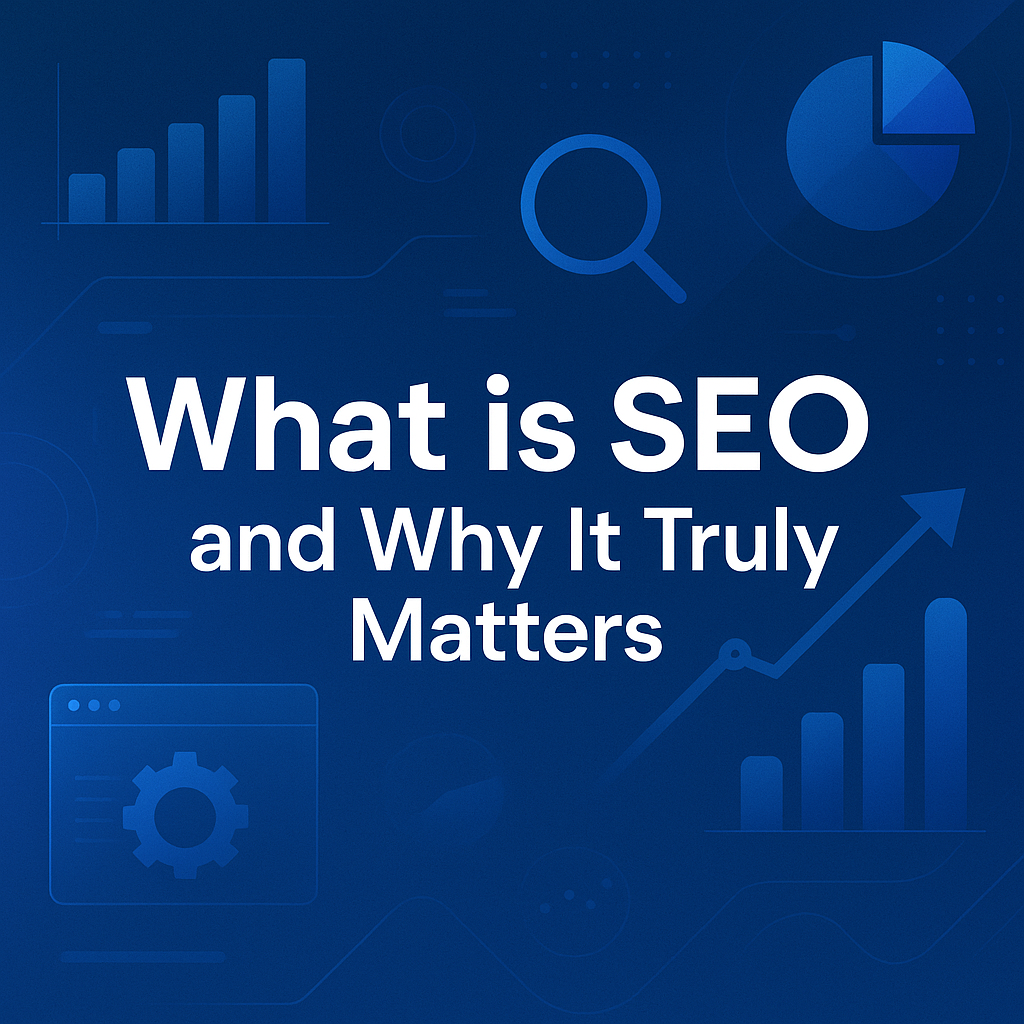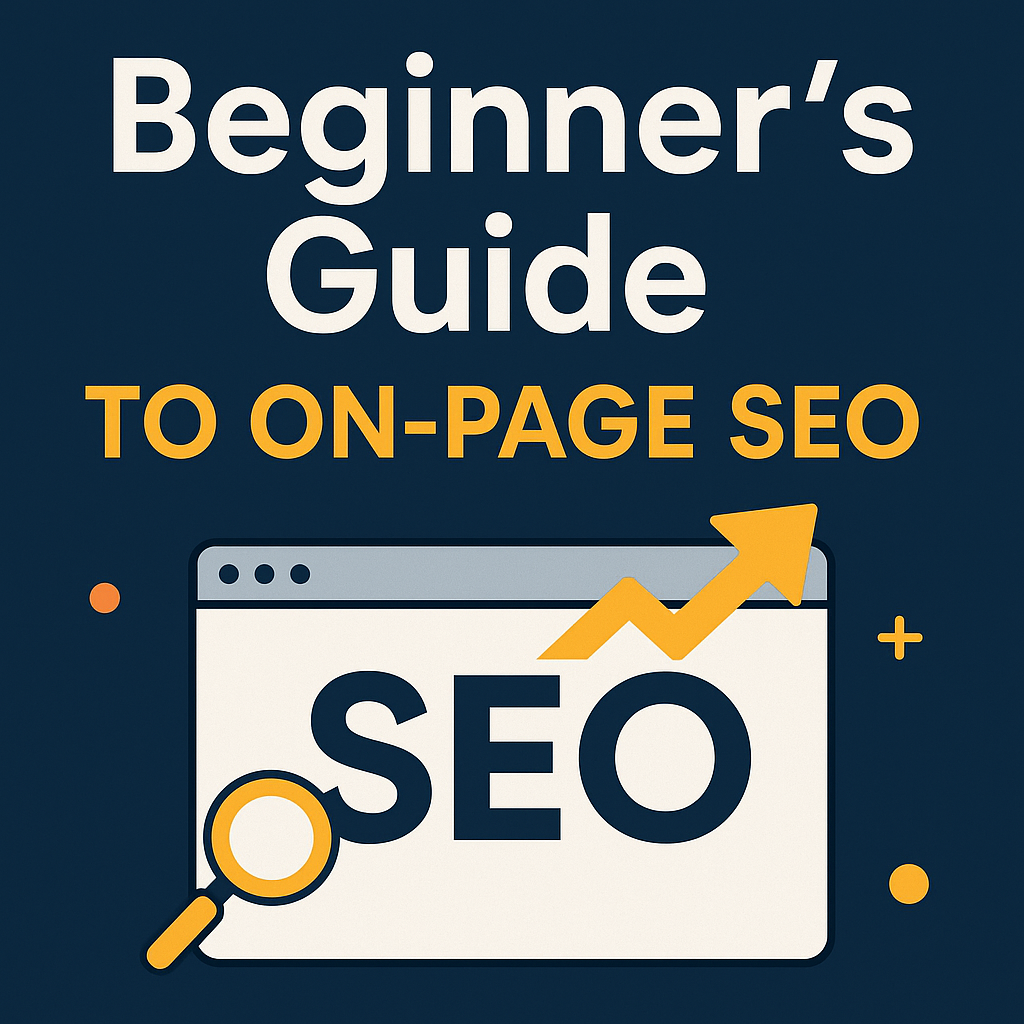Introduction:
The digital marketing world continues to evolve rapidly in 2025, bringing along new technologies, changing algorithms, and updated consumer behaviors. Whether you’re a marketing student, freelance content creator, or a business owner, understanding the foundational terminology is crucial to making informed decisions. This comprehensive guide breaks down the most essential and updated terms in modern digital marketing, categorized for easy navigation.
I. Core Digital Marketing Concepts
1. Content Marketing
Content Marketing involves crafting and distributing valuable, relevant, and consistent content to attract and engage a target audience, with the ultimate goal of driving profitable customer actions.
Example: A sustainable fashion brand publishes guides on styling eco-friendly outfits to attract environmentally conscious buyers.
2. Social Media Marketing (SMM)
The use of platforms like Facebook, Instagram, TikTok, and LinkedIn to promote products or services, build brand awareness, and engage with customers.
Example: Using Instagram Reels to demonstrate product usage with a swipe-up link to buy.
3. Email Marketing
Targeted email campaigns used to retain customers, promote products, or provide updates.
Example: Weekly emails offering discounts, product news, and tailored recommendations.
4. Search Engine Optimization (SEO)
Optimizing web pages to rank higher on search engines like Google using on-page techniques, technical SEO, and content strategies.
Example: A blog article optimized for the keyword “best email marketing tools 2025”.
5. Affiliate Marketing
Promoting products via partners who earn a commission for sales they generate.
Example: Bloggers embedding trackable affiliate links in reviews.
6. Inbound Marketing
A pull strategy focused on attracting prospects with helpful content rather than interruptive advertising.
Example: Creating a free downloadable guide that solves a pain point and collects leads.
7. Influencer Marketing
Partnering with social media influencers to promote products to their audience.
Example: A skincare brand collaborates with YouTubers for honest product reviews.
8. Marketing Automation
Using software to automate marketing tasks like email sequences, social media posts, and ad management.
Example: A welcome email series sent automatically to new subscribers.
9. E-commerce Marketing
Marketing strategies focused on selling products or services online via stores, apps, or marketplaces like Amazon and Shopify.
Example: Running Google Shopping ads for trending gadgets.
10. Storytelling Marketing
Using narratives and emotional engagement to build a stronger brand connection with audiences.
Example: Sharing customer transformation stories on social media.
II. Campaign Performance & Advertising Metrics
1. Clicks
The number of times users clicked on your ad or link—basic engagement metric.
2. Bounce Rate
Percentage of visitors who leave your site after viewing only one page. A high bounce rate may indicate irrelevant or low-quality content.
3. Average Time on Page
How long users spend on a particular page—helps gauge content effectiveness.
4. Click-Through Rate (CTR)
Percentage of impressions that led to clicks. High CTR suggests effective targeting and messaging.
5. Cost Per Click (CPC)
The amount paid per user click in paid campaigns like Google Ads or Meta Ads.
6. Cost Per Mille (CPM)
The cost per 1,000 ad impressions. Ideal for brand awareness campaigns.
7. Cost Per Acquisition (CPA)
The average cost to acquire one customer or action, such as a sale or subscription.
8. Cost Per Lead (CPL)
The cost of generating a single lead, such as an email subscriber or form submission.
9. Customer Lifetime Value (CLV)
The total revenue a business can expect from a customer over their entire relationship.
III. SEO (Search Engine Optimization) Glossary
1. Keywords
Search terms people use on search engines. Incorporating relevant keywords boosts discoverability.
2. Internal Linking
Connecting pages within the same website to distribute authority and enhance navigation.
3. Backlinks
Links from other websites to yours. A key ranking factor for Google.
4. On-Page SEO
Elements directly on your web page—headings, keyword placement, meta tags, etc.
5. Off-Page SEO
Efforts outside your website, like backlink building and brand mentions.
6. Page Load Speed
Faster sites enhance user experience and improve SEO rankings.
7. Local SEO
Optimizing for searches in a specific geographical location.
Example: “Best coffee shop in New York.”
8. Long-Tail Keywords
Longer, specific search terms that usually have lower competition and higher conversion potential.
Example: “best budget wireless headphones under $50”
9. Site Architecture
The way your website is structured—including menus, links, and URLs—for SEO and usability.
10. Keyword Density
How frequently a keyword appears in content—ideally balanced to avoid keyword stuffing.
11. Meta Tags
HTML tags that provide metadata—Title Tag and Meta Description are crucial for SEO.
12. Anchor Text
The clickable text in a hyperlink, giving context about the link destination.
IV. Email Marketing Terminology
1. Email List
A database of email subscribers collected through sign-ups, purchases, or promotions.
2. Newsletter
Regularly scheduled emails with news, updates, and helpful content.
3. Promotional Emails
Emails sent to advertise a product, event, or discount offer.
4. Open Rate
The percentage of subscribers who open your email.
5. Click Rate (CTR)
Percentage of email recipients who clicked a link within the email.
6. Behavioral Targeting
Segmenting emails based on user behavior (e.g., past purchases, site activity).
7. Automated Emails
Trigger-based emails like welcome messages or abandoned cart reminders.
8. Email Templates
Pre-designed layouts that streamline email creation while maintaining branding.
9. Segmentation
Dividing your email list into smaller groups based on interests, behavior, or demographics.
10. Drip Campaigns
A series of emails sent at scheduled intervals to nurture leads.
11. Unsubscribe Rate
The number of users opting out of your email list—monitored for quality and compliance.
12. Bounce Rate
Emails that couldn’t be delivered due to invalid addresses or server issues.
13. Complaint Rate
How often your emails are marked as spam. Keeping this low is essential.
14. A/B Testing
Testing two email versions to see which performs better in open and click rates.
15. Dynamic Content
Email content that changes based on user behavior or attributes (e.g., location, purchase history).
16. Autoresponder
Pre-written messages sent in response to user actions, like downloading an eBook.
Conclusion
Mastering these digital marketing terms will empower you to navigate and leverage online platforms effectively. In 2025, marketing success relies not only on creativity but also on understanding the tools, data, and terminology behind every campaign. Bookmark this glossary to stay ahead in your digital marketing journey.

